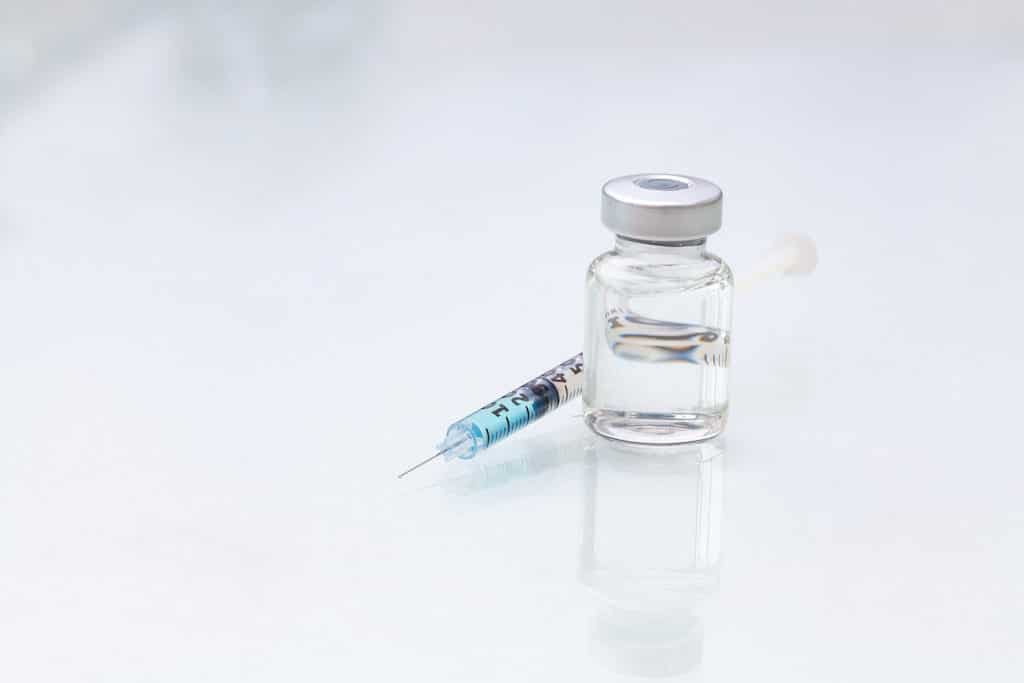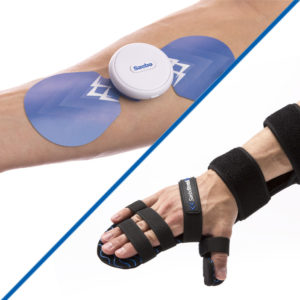How to Treat Spasticity After Stroke

After a stroke, 17 to 38 percent of people experience spasticity. After a spinal cord injury, 40 to 78 percent of people experience it. Individuals with mild spasticity might have muscle tightness and stiffness, and those with severe spasticity can experience painful, uncontrollable spasms in their extremities. A charley horse is nothing in comparison.
What is Spasticity?
Spasticity is a neuromuscular condition usually caused by damage to the portion of the brain or spinal cord that controls voluntary movement. This damage causes a change in the balance of signals between the nervous system and the muscles. It is usually found in individuals affected by stroke, spinal cord injury, cerebral palsy, traumatic brain injury, and multiple sclerosis.
If left untreated, spasticity can lead to adverse effects such as overactive reflexes, pressure sores, chronic constipation, urinary tract infections, and contracture. Contracture causes the muscles in the hand and wrist to tighten and shrink, which can in turn lead to deformity of the joints and posture.
How is Spasticity Treated?
Fortunately, there are many treatments available to help individuals manage and recover from spasticity. In order to achieve the best results, most people will use a variety of treatments. Your healthcare provider will help determine the right combination of treatments for you. Treatments can vary based on the severity and cause of your spasticity. Below are some of the common treatments for spasticity.
Oral Medications

One way to relax muscles affected by spasticity is taking oral medications that block the neurotransmitters causing the muscles to tighten. These medications are commonly known as muscle relaxers. Baclofen is often prescribed as it acts on the central nervous system, reducing spasms and allowing for greater range of motion. Tizanidine is another common medication for treating spasticity that blocks nerve impulses.
There are drawbacks to using oral medications to treat spasticity. One is that there is no way to target specific muscles. Muscle relaxers will relax all of your muscles regardless of whether they are affected by spasticity or not. Some of these medications also have side effects like drowsiness. The biggest thing to keep in mind is that none of these medications are a cure for spasticity. They work best when combined with stretching and strengthening exercises.
Injections

Rather than taking oral medications that affect every muscle, having injected medications allows the affected muscles to be targeted specifically. The most common injected medication is one you’re probably familiar with: botulinum toxin or Botox. Botox injection is not just a cosmetic procedure to reverse the signs of aging; it is a neurotoxin that blocks the chemical that tells your muscles to start contracting.
By injecting botox into the affected muscles, the risk of spasms and spasticity is reduced. Lessening the spasticity in a patient’s muscles can allow them to participate in physical therapy and complete exercises that will help them recover. Botox can have some side effects, though, such as soreness, rash, trouble swallowing, and weak muscles.
Stretching Exercises
If you are suffering from spasticity, doing stretching exercises is the simplest and most important step you can take to manage it and recover. These exercises are often used in conjunction with other treatments like medication and orthoses, especially if your spasticity is severe and you cannot complete the exercises without additional interventions. For those with mild to moderate spasticity, you may be able to complete stretching exercises unassisted.
The Best Stroke Recovery Hand Exercises
When starting an exercise routine, your therapist will teach you passive range-of-motion (PROM) exercises. PROM exercises are called as such because the muscles are moved by an outside force, which can be your own unaffected hand, a machine, or another person. These exercises are effective at treating spasticity as they help prevent stiffness in your joints, work to stretch muscles, and help increase and maintain range of motion. While your therapist will instruct you on which stretches to do and how often, in general, you should move your affected limb through its full range of motion at least three times per day.
Anti-Spasticity Orthoses

Spasticity can be reduced by using special orthotics designed to relieve pressure on the joints, reduce muscle spasms, and provide a prolonged muscle stretch. While static splints were previously used to keep the arm and wrist in a neutral position, studies have shown that static splinting is not effective against spasticity or preventing contracture and may actually cause joint deformity. Instead, dynamic splints like the SaeboStretch allow the fingers to move through flexion caused by involuntary reflexes (like the affected hand curling when you yawn or sneeze) and increased tone and gradually return to the desired resting position, reducing pain and helping to stretch out muscles.
Research shows that stretching and strengthening your affected hand can successfully reduce spasticity. With our new Spasticity Treatment Kit, your recovery at home just got easier. Is your hand tight? Are you struggling to relax the tone enough to open your hand? If so, the Spasticity Treatment Kit is right for you!

Functional Orthoses
The SaeboGlove is another option for patients with mild spasticity. The SaeboGlove’s mechanical devices incorporate extra features that support specific joints and muscles, decreasing the impact of gravity and making it easier to move stiff or sore joints. Spasticity is less likely when patients rely on these artificial tension systems, which can be adjusted as they regain more strength and mobility. For patients with more severe spasticity, the SaeboFlex provides additional support.
Surgery

In severe cases of spasticity where the tendon has shortened permanently, surgery may be necessary. Surgery is usually saved as a last resort and only considered if the other available treatments have failed and the spasticity is causing significant pain or limiting the patient's independence and mobility. The most frequently performed surgeries for spasticity are orthopedic procedures. The tendons can be released or lengthened to remove tension, and the muscles can be denervated.
Releasing the Tension
Spasticity can negatively affect your life in many ways by causing chronic and excruciating muscle pain. Luckily, for many people, spasticity is a treatable condition, even if their spasticity is severe. Effective medications, stretches, and specialized devices are a few of the common methods to relieve pain. By working with your doctor, you can find the treatment options that are right for you.
All content provided on this blog is for informational purposes only and is not intended to be a substitute for professional medical advice, diagnosis, or treatment. Always seek the advice of your physician or other qualified health providers with any questions you may have regarding a medical condition. If you think you may have a medical emergency, call your doctor or 911 immediately. Reliance on any information provided by the Saebo website is solely at your own risk.



